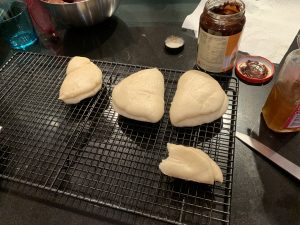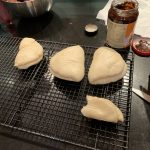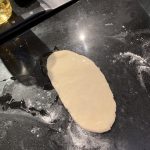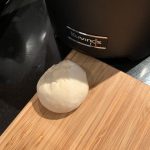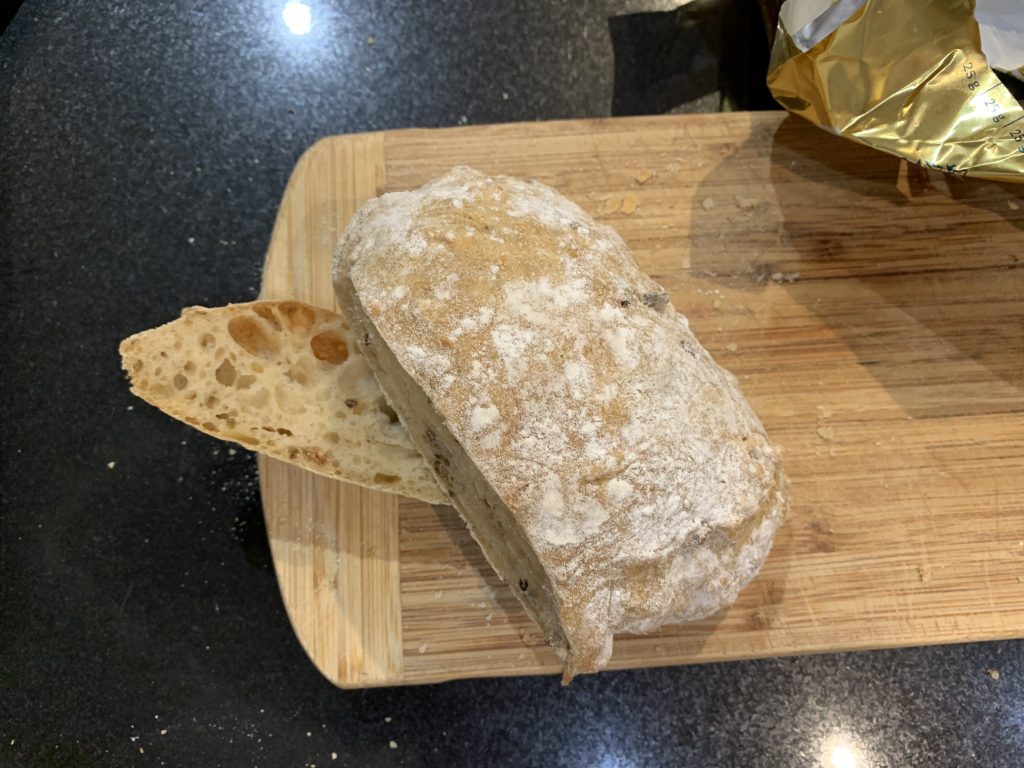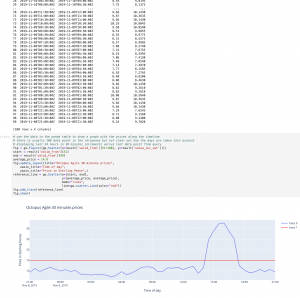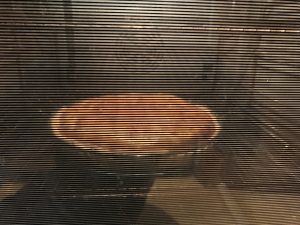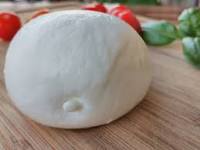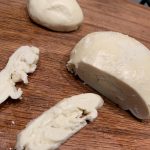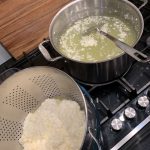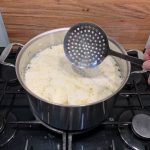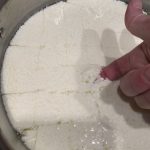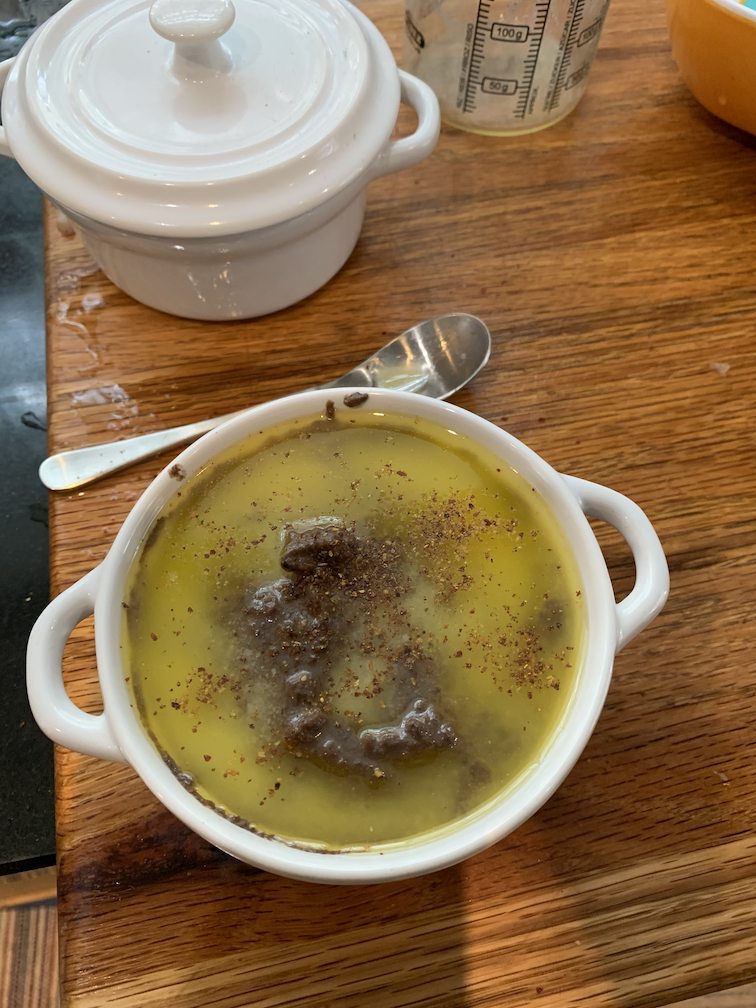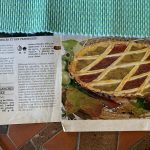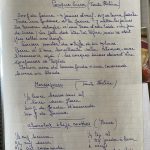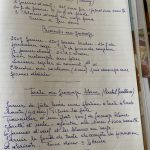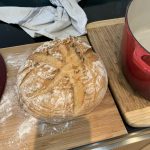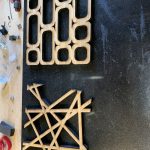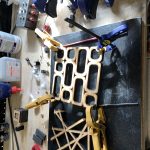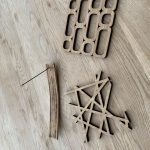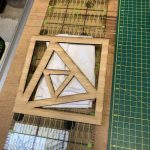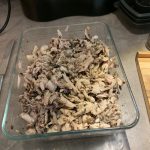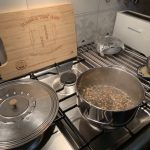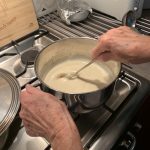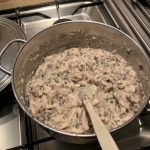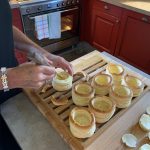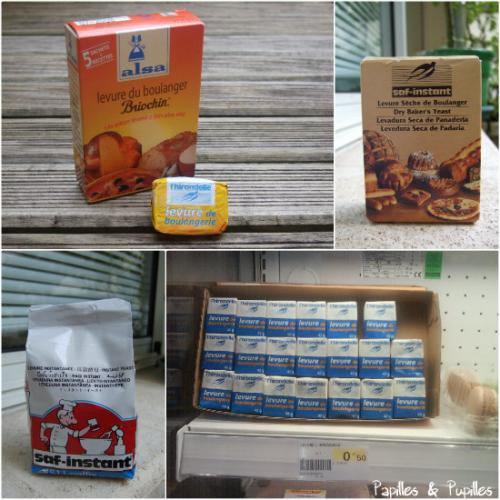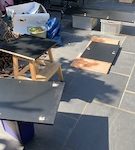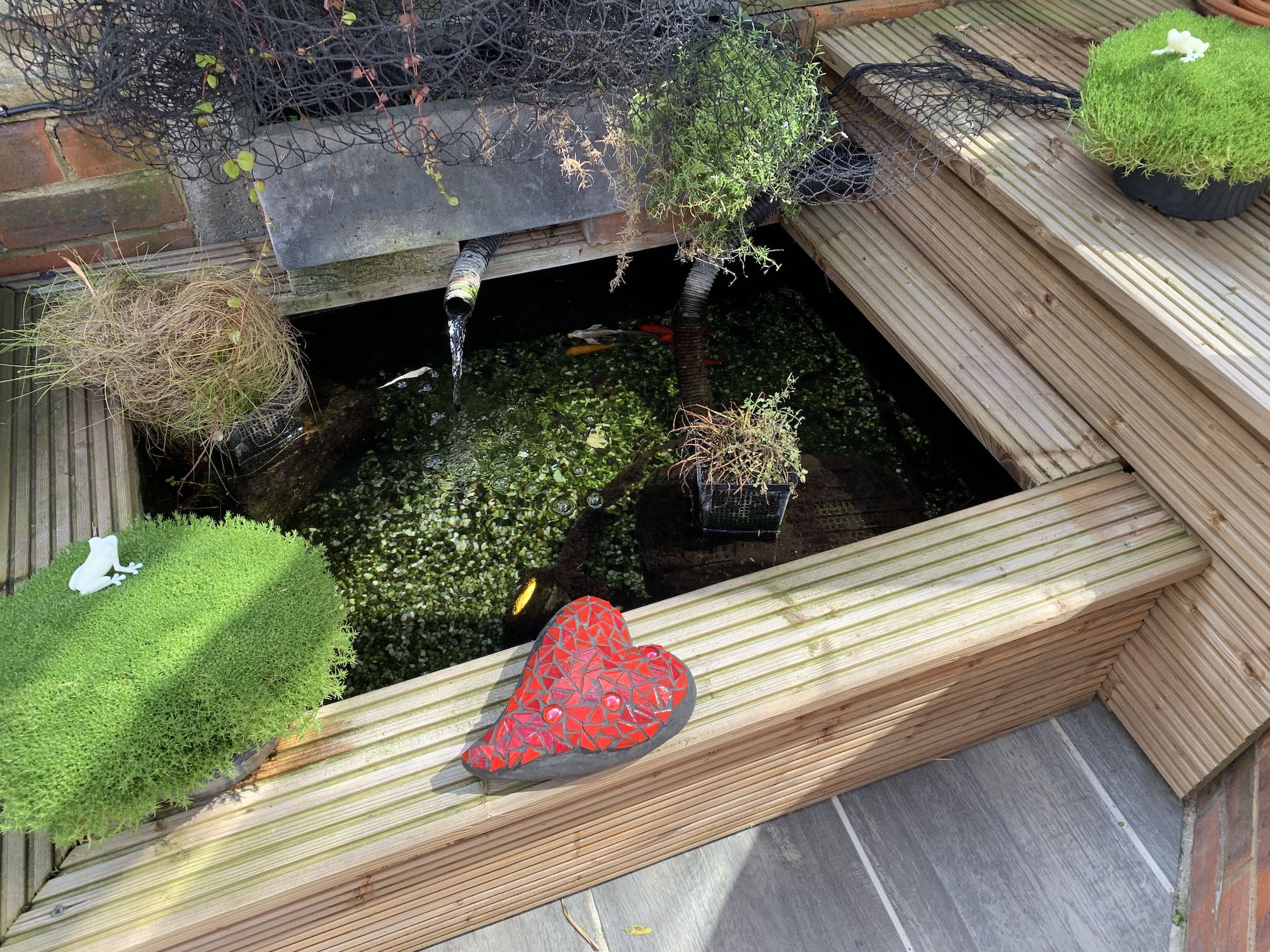This is a nice bread from China or Hong Kong. It is the equivalent of a burger bun. It is steam cooked. Bao means bun.
Very soft and can be flavoured with a bit of mirin to give it an Asian style.
I followed this recipe: Here.
Ingredients :
- 525g Plain Flour
- 1.5 Tablespoon Sugar
- 1 Teaspoon of Yeast
- 50ml of milk / 200ml water
- 1 Tablespoon of oil (Peanut or Sunflower)
- 1 Tablespoon of rice vinegar
- 1 Teaspoon of baking powder
How to make:
- Mix together 525g plain flour, 1½ tbsp caster sugar and ½ tsp salt in a large bowl.
- Dissolve 1 tsp fast-action dried yeast and a pinch of sugar in 1 tbsp warm water, then add it to the flour with 50ml milk, 1 tbsp sunflower oil, 1 tbsp rice vinegar and 200ml water. Mix into a dough, adding a little extra water if needed.
- Tip the dough onto a lightly floured work surface and knead for 10-15 mins, or until smooth. Place in a lightly oiled bowl, cover with a damp cloth and leave to rise for 2 hrs, or until doubled in size.
- Tip the dough out onto a clean work surface and punch it down. Flatten the dough with your hands, then sprinkle over 1 tsp baking powder and knead for 5 mins.
- Roll out the dough into a long sausage shape, about 3cm thick, then cut into pieces that are about 3cm wide – you should have 18.
- In the palm of your hand, roll each piece of dough into a ball and leave to rest for 2-3 mins.
- Use a rolling pin to roll out each ball, one by one, into an oval shape about 3-4mm thick. Rub the surface of the dough ovals with oil and brush a little oil over a chopstick.
- Place the oiled chopstick in the centre of each oval. Fold the dough over the chopstick, then slowly pull out the chopstick.
- Put all the buns on a silicone sheet in a baking tray. (definitely better than anything else non-sticky). Cover with a clean tea towel or lightly oiled cling film and leave to prove in a warm place for 1 hr 30 mins, or until doubled in size.
- Heat a large steamer over medium-high heat. Steam the buns for 8 mins until puffed up.
Once cooked :
- Prise open each bun and fill with cooked duck in an Asian sauce with a few spirals of carotte and spring onions. Eat while they’re still warm.

